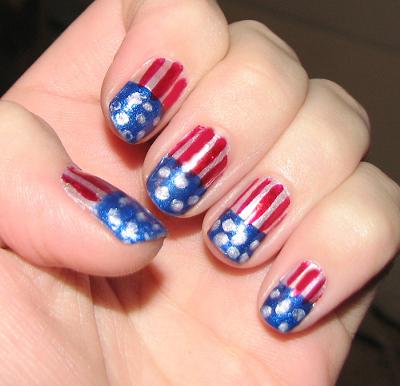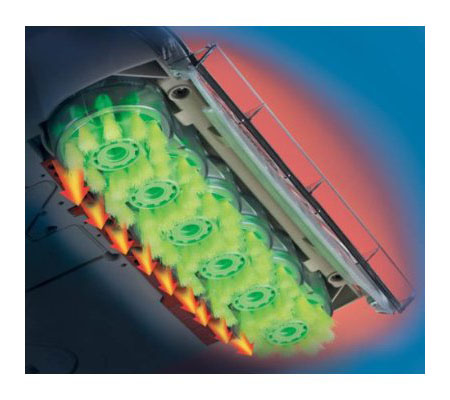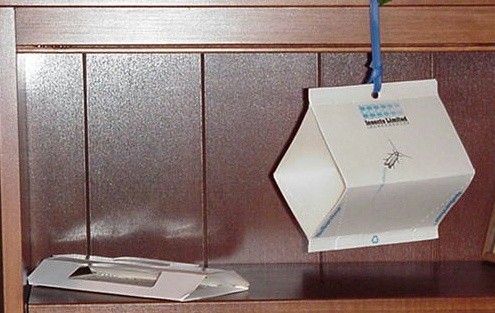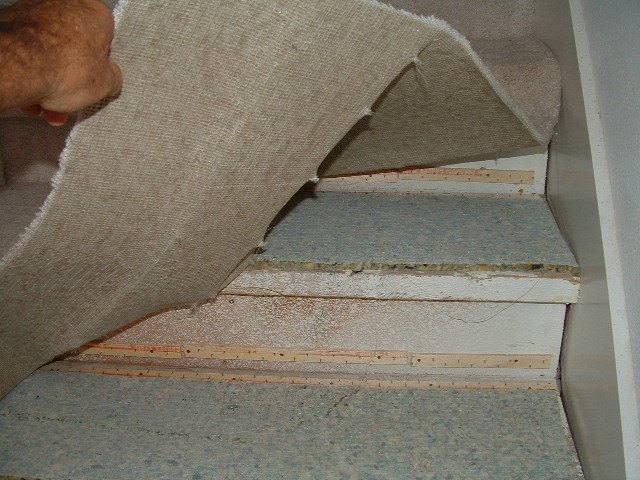carpet treatment for flea

carpet treatment for flea
carpet treatment for flea::Varying from brown to black in color, fleas live on the blood of animals, birds and humans.
Fleas can cause considerable irritation to pets and subsequently to people when fleas begin breeding in carpets and rugs where pets rest or sleep.
Ticks can live for months in a dormant state without food.
Many serious diseases are transmitted through ticks, including rocky mountain spotted fever, lyme disease, tick typhus, and relapsing fever.
Ticks also may cause secondary infections, tick paralysis and other disorders.
Fleas and ticks can infest any home.
They are harmful to pets and humans and can transmit diseases.
Many people are allergic to flea and tick bites, and almost everyone experiences severe itching and painful irritation when bitten.
Fleas and ticks are hard to control.
Here are some tips: any flea and tick treatment generally involves more than one application.
The first application reduces active fleas and ticks.
Additional applications may be necessary for continued control as eggs hatch.
People and pets need to stay off the lawn after each application until the lawn is dry.
Have veterinarian dip all pets.
Wash all pet bedding in hot, soapy water.
Have a professional pest control company treat the inside of your home.
All of these actions must be completed at the same time as the lawn application to avoid reinfestation.
Facts fleas are ectoparasites of animals which means they live on the outside of the body and need to feed on the blood of these animals in order to produce eggs.
The cat flea is the species involved in most home infestations and will attack both cats and dogs.
It is usually carried into the home by a pet and once inside, large populations can build up in a hurry.
One female flea can lay about 18 eggs a day and just 20 fleas on a dog can produce 360 eggs per day and over 2000 eggs in a week.
Many pets acquire fleas outside in the yard.
Research has demonstrated that urban wildlife, such as raccoons and opossums, are commonly responsible for introducing these insect pests onto residential properties where the pets can encounter them.
Obviously, the pet is a critical key to minimizing flea infestations and regular grooming help to limit fleas on the pet.
For this reason, customers need to keep their pet groomed and treated with onanimal flea control products.
Step one any flea treatment will be less effective if the home is not prepared properly by completing the following steps.
Remove all items, such as toys, clothes, pet food from all floors.
Remove all items from under beds and in the bottom of closets.
Wash or replace pet bedding.
Vacuum all carpets and rugs thoroughly, including beneath beds and upholstered furniture.
Clean all wood, tile, and linoleum floors by seeping and mopping.
Clean concrete floors with soap and water in the garage, basement, or enclosed patio where pets rest or stay.
Remove all pets including birds and reptiles.
Cover fish tanks with a damp towel and turn off the air pump.
Replace any pet bedding outdoors and make all shaded areas, crawlspaces, etc.
Arrange to be out of the home for several hours until the treatment has thoroughly dried.
Step two the homeowner needs to arrange for treating the pet.
A number of onanimal treatment products are now available.
Treatment of pets should be done under the direction of a veterinarian.
Step three in homes that have an active flea infestation, a residual treatment combined with an insect growth regular should be applied.
This treatment is best accomplished by professional, like terminix, using professional equipment.
Efforts should be focused on the areas where pets rest or sleep.
These are the sites where the most fleas will be located.
Step four outside, treatment should be applied to shaded areas and beneath shrubs and decks where pets rest or sleep.
Again, a professional has the right equipment to provide this treatment effectively.
After the home is treated, it may take up to two weeks or more before fleas are no longer seen.
The reason for this is that flea pupae are unaffected by the treatment until the adult fleas emerge from their pupal cocoon.
In any flea population, all stages of the flea will be present including numerous pupae.
It will take several weeks for all adult fleas to emerge from these pupae and contact the treatment.
This process can be speeded up by vacuuming as often as possible after the treatment because vacuuming stimulates adult fleas to emerge from their cocoons.
carpet treatment for flea::I have them bad carpet treatment for flea









































